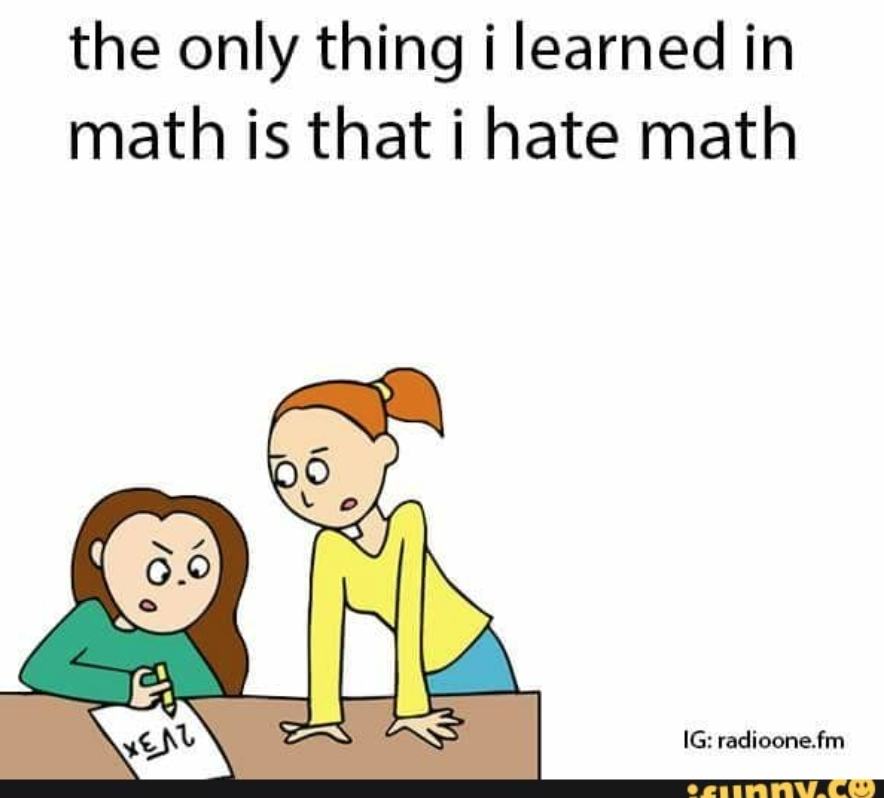Engineering Mindset 6: Children apply Science and Math Knowledge to Problem Solving

Engineers use knowledge of math and science to solve problems. They combine that knowledge with their own creativity to design technologies.
Soooo maybe you’re feeling pretty good about engineering and you’re ready to share it with the young people in your life. You’re thinking about exciting activities you can do and people to connect with and…wait a minute…hmmm it seems like there’s a lot of science in this engineering and also…math. Are you one of those people who is not worried and feels great about teaching science and math? So not worried that you eat them both for breakfast? That is AWESOME! But if you’re like many people and one, or both, of these make you a little less confident about going forward then keep reading, this post is for YOU!
Lots of us have horror stories (shudder) about math, science, and learning. The “who cares” and “why’s” of these topics make a lot of sense if you think about how you’ll never need to remember the names of the parts of a cell or how to figure out what the slope of a line is. And who can blame kids for not caring when adults struggle with the same things and THEY never use math, right? Except that math and science are everywhere all day, every day…especially when it comes to the innovative solution-seeking engineering field…
Huh?…Wait, no–we talked about this, engineering is it’s own field! Right?
Well, yes it is. But also, welcome to Earth where everything is caught in the magnificent web of life, knowledge and understanding—and also science and math. LOTS of math. That doesn’t mean you can’t be an engineer if you aren’t a math or science rock star. I mean, of course it doesn’t hurt, but it helps, and you do have to understand it to get there. You need to persevere in everything you do if you want to advance.
Here’s a good perspective advocating perseverance (though perhaps not articulated as compassionately as it could be.) This link also shares some places in the engineering design process that require math and science skills as part of a lesson plan.
I encourage you to maybe reflect on your own unpleasant experiences in math or science and think about what may have left you less than enthusiastic to jump in. I LOVED math as a kid, right up until middle school. The mile marker here was skipping a year ahead in math and getting placed into a class where I struggled to learn in for two years in a row. Sadly I did not have a full regard for the whole picture of my decision. And the experience that should have bolstered my learning, instead left me kind of struggling. Sadly, I exited that experience chanting what so many of us do–”I hate math!”
I hated how frustrated, disconnected, and inadequate that experience made me feel around math and beyond. Fortunately for me, my next math teacher did a really great job of explaining math and connecting with her students. I once again felt that math was something I could do. Though I don’t know if I’ll ever love it again, I don’t hate it. In fact, this teacher is one of the reasons that I’m here writing this blog right now, because she also gave me an opportunity to work as an intern teaching navigation and math to younger students that same year as my first real summer job. I will forever be grateful to her for that because I’ve been working in some form to teach or learn math or science since then.
Besides being an educator with a passion for content AND teaching, plus strong SEL skills you can also work at creating real life application examples and opportunities. Make them more relatable to your students. Who cares about apples and oranges or trains going what speeds? (Unless you do.) Here’s an example where one might actually need to calculate the slope of a line.
Create opportunities to answer questions and work to apply the math and science skills kids have learned about in a real way as they answer questions they want the answer to. Work with your students to find solutions to the questions they have about the world that can be supported through math, science or engineering. Help them apply the skills they are learning in science and math to practice engineering solutions. As education evolves there are more classrooms deliberately applying these concepts and that’s awesome. But working in out of school time with new ideas, solving new programs is an amazing opportunity to apply your newly acquired skills and practice engineering.
What can your participants invent?
For example if you’re looking for a way to apply circuit learning in a fun way, check out this Student Activity: Dance Pad Mania This works if you’ve also got kids that love to dance or play games. Who doesn’t want to build something that lights up?
Or to explore more about materials, check out this bouncing ball challenge activity here. I don’t know many kids that can resist trying to make their ball bounce the highest.
Remember, as an educator, your attitude has a big impact on the experience of the students you’re working with. Check out these responses to a discouraging math teacher. But also keep in mind, as many of the respondents share, that same power works for encouragement too. Maybe you’ll be able to encourage the next kid that says “I hate math!” or “science is dumb” by creating the opportunity to apply both those skills in your program as they engineer a solution to something they conceptualized in your program.

